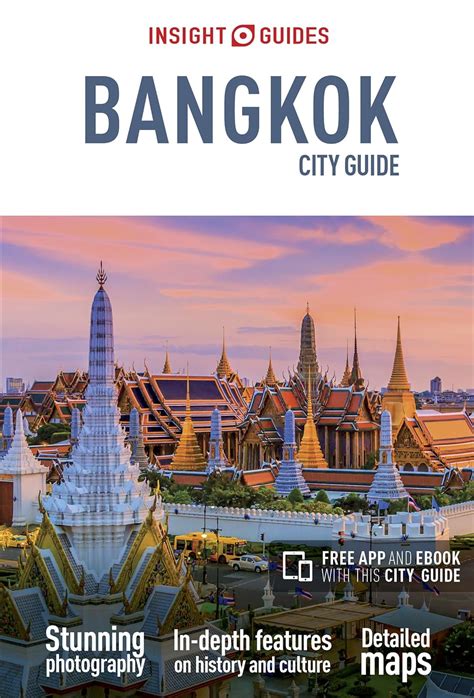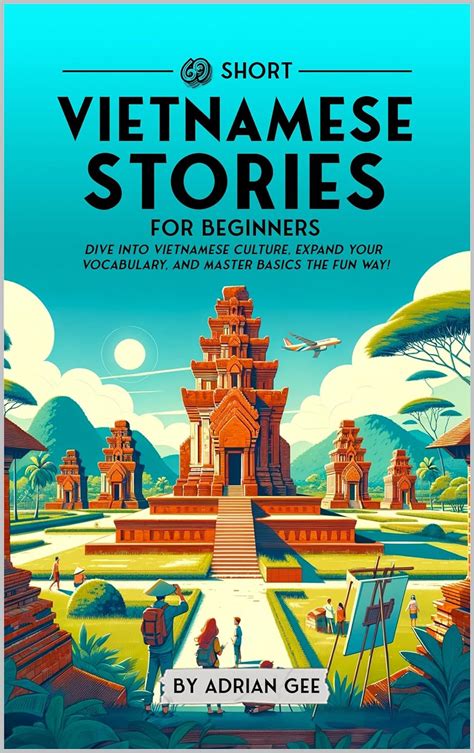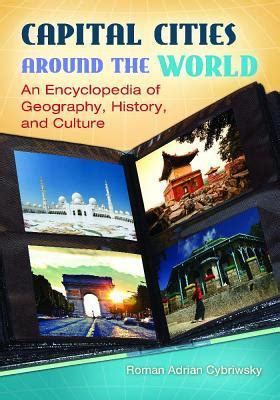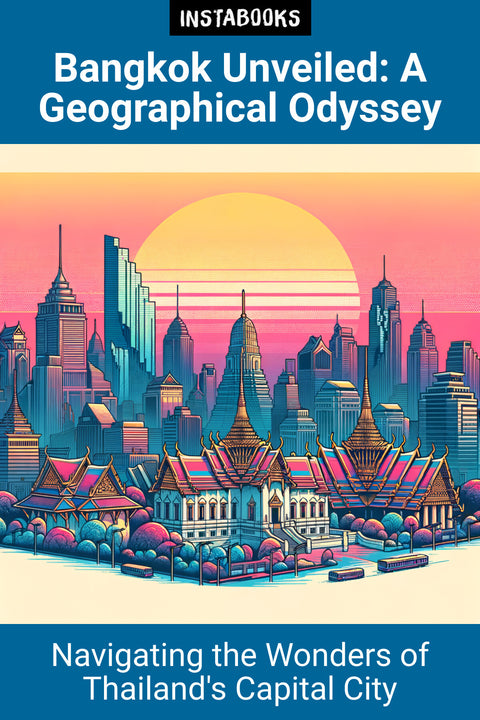Cityscapes are more than just collections of buildings; they embody the essence of cultural identity, history, and social dynamics within urban environments. As we delve into the urban landscape, we uncover how cities evolve, reflecting their rich pasts while adapting to modern challenges. This article explores the evolution of urban landscapes, examining architectural styles, cultural diversity, and the economic impacts of city development. We’ll also consider environmental sustainability and technological innovations shaping our urban future. Through case studies of iconic cityscapes like New York, Tokyo, and Paris, we aim to reveal how these vibrant spaces influence the lives of their inhabitants and the world at large.
ritarblog.com will explore this topic comprehensively.
1. Introduction to Cityscapes and Urban Exploration
More than just a collection of buildings, cityscapes encapsulate the heart of urban life, reflecting cultural identity, history, and social dynamics. As we explore the urban landscape, we discover how cities evolve, showcasing their rich past while adapting to modern challenges. This article examines the evolution of urban landscapes, exploring architectural styles, cultural diversity, and the economic impacts of city development. We’ll also delve into the role of environmental sustainability and technological innovations in shaping the urban future. Through case studies of iconic cityscapes such as New York, Tokyo, and Paris, we aim to uncover how these vibrant spaces influence the lives of their inhabitants and the world at large.

2. Evolution of Urban Landscapes Through History
The evolution of urban landscapes is a reflection of societal changes, technological advancements, and cultural shifts throughout history. Early cities, such as Mesopotamia’s Ur and Egypt’s Thebes, were defined by their monumental architecture and spatial organization, often centered around religious and political hubs. As civilizations advanced, urban planning began to incorporate elements such as public spaces, marketplaces, and defensive structures, as seen in ancient Rome and Greece.
During the Middle Ages, cities flourished organically, expanding around trade routes and natural resources. This period gave birth to Gothic architecture, characterized by towering cathedrals that embodied religious fervor and civic pride. The Renaissance, with its revival of classical values, saw the creation of majestic squares and palaces, reflecting the spirit of humanism.
The Industrial Revolution profoundly altered urban landscapes, as cities exploded with populations attracted by factory jobs. This era witnessed the emergence of tenements and essential infrastructure like railroads and bridges, dramatically changing how people engaged with their environment. Contemporary urban landscapes represent a fusion of historical preservation and cutting-edge design, reflecting a globalized world where cultural diversity and sustainability are increasingly central to urban planning.

3. Architectural Styles and Influences in Modern Cities
At a bustling city intersection, where towering skyscrapers pierce the sky and vibrant street art adorns the walls, a person stands, lost in contemplation. Their gaze, focused on the urban landscape, reflects an eagerness to explore and discover. Dressed casually, a camera slung around their neck, they embody the spirit of urban adventure. Behind them, a tapestry of diverse architecture and lively pedestrians unfolds, a testament to the city’s dynamic culture. Sunlight, filtering through the buildings, casts intriguing shadows and highlights the intricate details of the cityscape.

4. Cultural Diversity Reflected in Cityscapes
In the midst of a bustling urban landscape, a thoughtful individual stands, their gaze fixed upon the intricate architecture that surrounds them. The scene is a captivating blend of modern skyscrapers and historic buildings, a testament to the city’s rich cultural tapestry. Dressed in casual urban attire, the person holds a camera, ready to capture the essence of their exploration. The background is ablaze with the vibrant city lights, hinting at the energy and dynamism of urban life. This moment perfectly encapsulates the spirit of urban exploration, revealing the profound connection between individuals and the dynamic environments they inhabit.
5. Economic Impact of City Development
City development has a profound impact on the economy, affecting both local and global markets. As cities grow, they become centers of commerce, drawing in businesses, investments, and a diverse workforce. This influx fuels job creation, encompassing sectors from construction and retail to technology and services, which fosters economic growth and improves living standards. Urban development often results in increased property values, generating higher tax revenues that support vital public services such as education, transportation, and infrastructure.
Well-designed urban spaces attract tourists seeking cultural experiences, dining, and entertainment, boosting tourism and economic growth. The vibrant atmosphere of a thriving city creates a cycle of prosperity. However, rapid urbanization presents challenges, including gentrification and income inequality, necessitating careful planning and policy interventions. Balancing growth with inclusivity is key to ensuring that all residents benefit from urban development. Ultimately, a city’s economic vitality hinges on its adaptability, innovation, and ability to create opportunities that benefit all communities, shaping the urban landscape for future generations.
6. Environmental Considerations and Sustainability Efforts
City development has a profound impact on the economy, influencing both local and global markets. As cities grow, they become centers of commerce, drawing businesses, investments, and a diverse workforce. This influx fuels job creation in various sectors, including construction, retail, technology, and services, driving economic growth and improving living standards. Urban development frequently leads to increased property values, boosting tax revenues that support essential public services like education, transportation, and infrastructure.
Well-designed urban spaces attract tourists, drawn by the promise of cultural experiences, dining, and entertainment. The lively atmosphere of a thriving city further enhances its appeal, generating economic prosperity. However, rapid urbanization can lead to challenges such as gentrification and income inequality, which necessitate careful planning and policy intervention. Striking a balance between growth and inclusivity is essential to ensure that all residents benefit from urban development. Ultimately, a city’s economic vitality is a reflection of its ability to adapt, innovate, and create opportunities that benefit communities and regions, shaping the urban landscape for future generations.
7. Technological Innovations Shaping Urban Design
Technological innovations are revolutionizing urban design, transforming the way cities are planned, developed, and experienced. Smart city technologies, such as Internet of Things (IoT) devices, are enhancing urban infrastructure by enabling real-time data collection and analysis. This, in turn, allows for better traffic management, energy efficiency, and waste reduction, ultimately improving the quality of life for residents. For example, intelligent traffic signals can optimize traffic flow and reduce congestion, while smart grids enhance energy distribution and promote sustainability.
Furthermore, construction technology is making strides with advancements like 3D printing and modular building. These innovations simplify the development process, accelerating construction and improving efficiency. The result is less waste, lower costs, and ultimately, more sustainable urban development.
Digital platforms and applications empower residents to engage in their communities, facilitating participation in planning processes and providing a platform for voicing concerns. Immersive experiences offered by augmented reality (AR) and virtual reality (VR) tools enable urban planners and citizens to visualize proposed developments and assess their potential impact before implementation.
Moreover, the increasing popularity of remote work and digital nomadism is shaping urban design, encouraging cities to develop adaptable spaces that meet the needs of various lifestyles. These technological advancements not only improve urban functionality but also promote resilience and adaptability in the face of future challenges.
8. Social Dynamics and Community Spaces
The way people interact and the public spaces available are fundamental to urban life. They foster connections among residents and improve the overall quality of city living. Well-designed public spaces, such as parks, plazas, and community centers, serve as vital hubs for social interaction, cultural exchange, and recreational activities. These areas encourage people to come together, share experiences, and engage in communal activities, promoting a sense of belonging and identity within the city.
Urban areas, brimming with diverse populations, benefit from the unique perspectives and cultures that each resident brings. This rich tapestry of life fosters inclusivity and enriches community life. Initiatives like farmers’ markets, festivals, and public art installations provide platforms for collaboration and engagement. These events allow residents to connect over shared interests while celebrating their individual differences, creating a vibrant and welcoming environment.
Furthermore, community spaces offer a platform to tackle social challenges by providing resources and services that cater to vulnerable individuals. Initiatives such as food banks, educational workshops, and integrated health services can create an environment that cultivates resilience and empowers these populations.
The design and functionality of community spaces play a pivotal role in shaping social dynamics. Well-designed spaces foster vibrant neighborhoods where residents feel a sense of connection, value, and investment in their urban environment.
9. Case Studies of Iconic Cityscapes (e.g., New York, Tokyo, Paris)
Urban life is profoundly shaped by social dynamics and community spaces. These areas serve as essential hubs where residents connect, fostering a sense of belonging and enhancing the overall quality of city living. Well-designed public spaces, like parks, plazas, and community centers, are crucial for social interaction, cultural exchange, and recreational activities. They encourage people to come together, share experiences, and participate in communal activities, ultimately strengthening the sense of community and identity within a city.
Urban populations, rich in diversity, bring a tapestry of perspectives and cultures to these spaces. This vibrant mix enriches community life and fosters inclusivity. Events like farmers’ markets, festivals, and public art installations provide platforms for collaboration and engagement, allowing residents to celebrate their shared passions while embracing their unique differences.
Furthermore, community spaces can serve as a platform for tackling social issues by offering resources and services specifically tailored to vulnerable populations. Initiatives such as food banks, educational workshops, and integrated health services within these spaces can nurture resilience and empower individuals.
The design and functionality of community spaces play a crucial role in shaping social dynamics. Well-designed spaces foster vibrant neighborhoods where residents feel a sense of connection, belonging, and investment in their urban environment.
10. Future Trends in Urban Development
The future of urban development is being shaped by a strong focus on sustainability, inclusivity, and technological integration. As cities grapple with challenges like climate change and growing populations, the importance of green architecture and eco-friendly infrastructure is becoming paramount. Urban planners are embracing practices such as green roofs, permeable pavements, and urban forests to boost biodiversity and combat heat island effects, resulting in healthier environments for urban residents.
The “15-minute city” concept is gaining popularity, encouraging mixed-use development where residents can reach essential services, workplaces, and recreational areas within a short walk or bike ride. This model promotes community engagement while reducing dependence on cars, leading to lower carbon emissions.
Technological advancements will continue to transform urban landscapes. Innovations such as autonomous vehicles, smart grids, and data-driven urban planning will increase efficiency and connectivity. At the same time, cities will prioritize affordable housing initiatives, aiming to address inequality and ensure diverse populations have the opportunity to thrive.
Finally, participatory design approaches will empower communities to actively shape urban development, ensuring that future cities truly reflect the needs and aspirations of their inhabitants. These trends, working together, strive to create resilient, dynamic urban spaces that promote well-being and sustainability for generations to come.
Future trends in urban development are increasingly focused on sustainability, inclusivity, and technological integration. As cities confront challenges like climate change and population growth, the emphasis on green architecture and eco-friendly infrastructure is paramount. Urban planners are adopting practices such as green roofs, permeable pavements, and urban forests to enhance biodiversity and mitigate heat island effects, creating healthier environments for residents.
Additionally, the concept of the “15-minute city” is gaining traction, promoting mixed-use developments that allow residents to access essential services, workplaces, and recreational areas within a short walk or bike ride. This model not only fosters community interaction but also reduces reliance on cars, contributing to lower carbon emissions.
Technological advancements will continue to reshape urban landscapes, with innovations like autonomous vehicles, smart grids, and data-driven urban planning enhancing efficiency and connectivity. Cities will also prioritize affordable housing initiatives, addressing inequality and ensuring diverse populations can thrive.
Lastly, participatory design approaches will empower communities to influence urban development actively, ensuring that future cities reflect the needs and desires of their inhabitants. These trends collectively aim to create resilient, vibrant urban spaces that support well-being and sustainability for generations to come.
ritarblog.com

